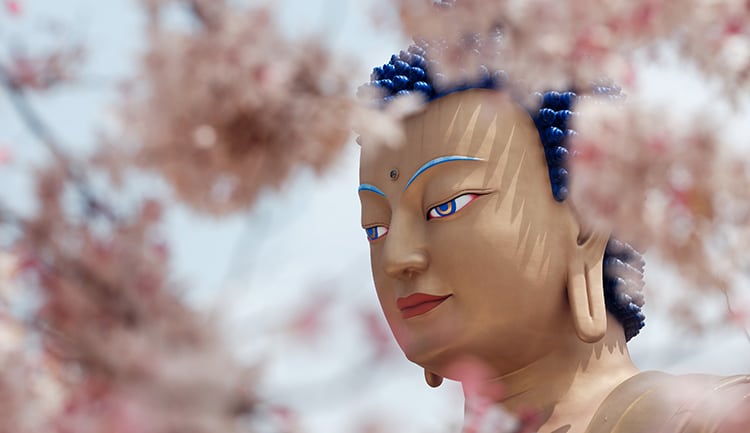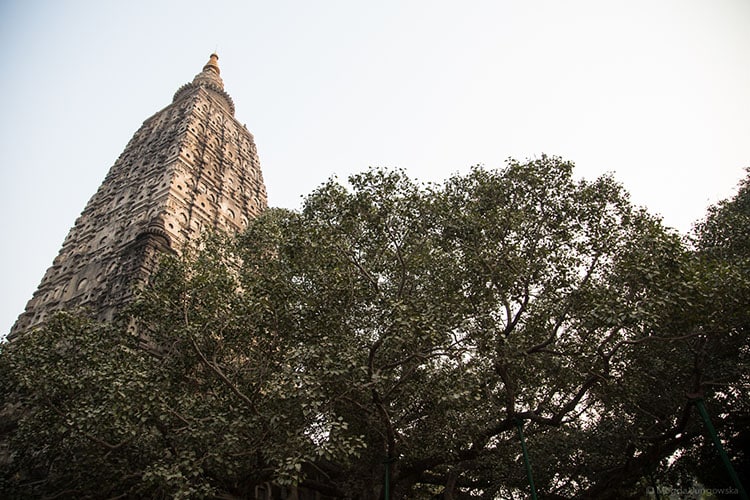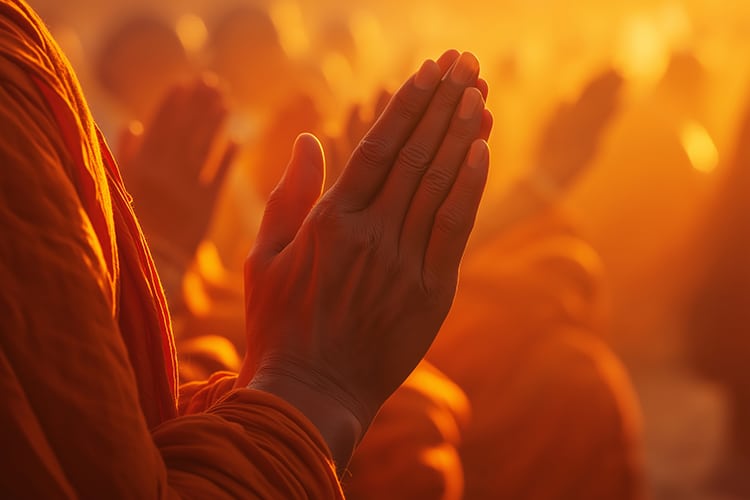What is Vipassana Meditation?
Category: Buddhist Meditation | Types of Meditation

Vipassana meditation, also known as insight or awareness meditation, can be summarized by Socrates’s famous maxim “To know thyself is the beginning of wisdom.” The goal of vipassana is to give us insight into the true nature of our experiences. 2500 years ago, the Buddha discovered that knowledge, insight and goodness are the only reliable antidotes to dissatisfaction and suffering. Our happiness, he said, doesn’t rely on ever-changing external circumstances. By looking inwards we can discover that fulfillment and joy are our true nature—indeed our Buddha nature. And insight meditation is the method we use to look inwards.
Is vipassana meditation religious?
While scholars may debate whether Buddhism itself is a religion, we ascribe that it is simply a “science of the mind.” The Buddha taught a complete path that was to be followed in order to achieve results that would lead to awakening and liberation from dissatisfaction and suffering. While the path is non-theistic, it does adhere to certain philosophical and spiritual beliefs. According to the Buddha, the complete path to awakening is comprised of understanding, morality, and insight. Vipassana meditation, which is unique to Buddhism, is the path to insight. The meditation method itself is not dependent on belief or dogma. Vipassana is therefore an effective meditation technique that can be practiced by individuals of any faith, even those who don’t ascribe to any belief system.
The Vipassana meditation technique
One traditional way to present the main Buddhist meditation methods is two-fold: mindfulness on the one hand, and awareness or insight meditation on the other. The classic terms for these are śamatha and vipassana (Pali, shamatha and vipashyana, Sanskrit).
With śamatha meditation – known in English as mindfulness, tranquility meditation, or peaceful dwelling – you train in focusing your attention on a single object. Often, the object of meditation is the breath. While you meditate, you recognize and acknowledge the thoughts and emotions that arise in the mindstream, let them pass by without judging them, and come back to the breath. To not have to do anything with these thoughts and emotions – to simply be mindful of them and let them arise and cease of their own accord – is incredibly relaxing once you’ve got the hang of it.
The vipassana experience is built on the foundation of śamatha. Vipassana is usually translated as awareness practice or insight meditation. The term literally translated means “clear seeing,” with the profound meaning of not just seeing things as we think or want them to be, but as they really are. Once the mind has become comfortable with remaining mindful and letting go of distractions, we can use this ability to investigate the qualities of self, consciousness and our perception of things. It’s a more active, inquisitive form of meditation than śamatha or mindfulness. To practice vipassana in a way that can lead to deep insights about ourselves and our world, we need the guidance of an authentic teacher who can help us understand the method and recognize our strengths and learning curves. Learn more about mindfulness and awareness practices here.
What do we experience in vipassana meditation?
There are variations in how vipassana is practiced in the different schools of Buddhism. In some schools, it is very similar to śamatha, whereas in others it has a distinctly different flavor. In all cases, the practice of vipassana uses our innate curiosity to develop insight and wisdom. Off the cushion, our curiosity is often focused on other people and things and is tinged with preconceptions and expectations. During our meditation practice, however, we investigate our own experiences with impartiality and openness. This can lead to life-changing insights and an ever-growing warmth and generosity in our hearts.
The insights may have to do with the nature of our experience of ourselves and things, of the power of love and compassion, of selflessness, etc. Over the centuries, people have used different terms to refer to their experiences – light, awareness, clarity, emptiness, bliss, etc. – but they all agree that the experience itself is beyond words.
What is the relationship between śamatha and vipassana?
One cannot effectively practice vipassana without some level of śamatha experience. This has been compared to a gas lamp flickering in the wind, once the glass covers the flame it burns steadily. Without this steady one-pointed focus of mind, insight will escape us, and our vipassana practice will be naught but distraction.
On the other hand, merely practicing śamatha, while producing all kinds of benefits such as peace, well-being, reduction in emotional defilement and improved health, does not liberate the mind from suffering. From this perspective, vipassana is the unique and profound gift provided by the Buddha, intended not only to trim the leaves and branches of suffering, but to uproot it completely through eliminating ignorance. This ignorance, he taught, includes the two veils of emotional defilement and misunderstanding the nature of reality.
Vipassana has two main forms, one based on critically examining one’s experiences and consciousness through rational contemplation and examination, and the second a non-conceptual resting of the mind in its own nature. The second often flows from the first. As meditation master and Mind Trainer Tilmann Lhundrup explains it, a good contemplation can often lead to the profound insight of resting in non-conceptual awareness.
Many of our daily activities can be the object of both mindfulness and awareness meditation. Our actions, thoughts, feelings and emotions, however blissful or painful, can be used as objects of meditation. Again, this form of meditation takes practice and the full benefits can only be accessed if the meditator is committed and has the benefits of reliable teachings.
Vipassana meditation is taught in our Journey to Liberation course series, Level 7: Insight. This might be exactly what you need to discover freedom from all kinds of dissatisfaction and sow the seeds of wisdom. Vipassana meditation helps us view our minds with clarity – it leads us to “know ourselves.” The intent is not to control the mind, but to gradually experience the depths of a mind without barriers. Socrates would approve.






